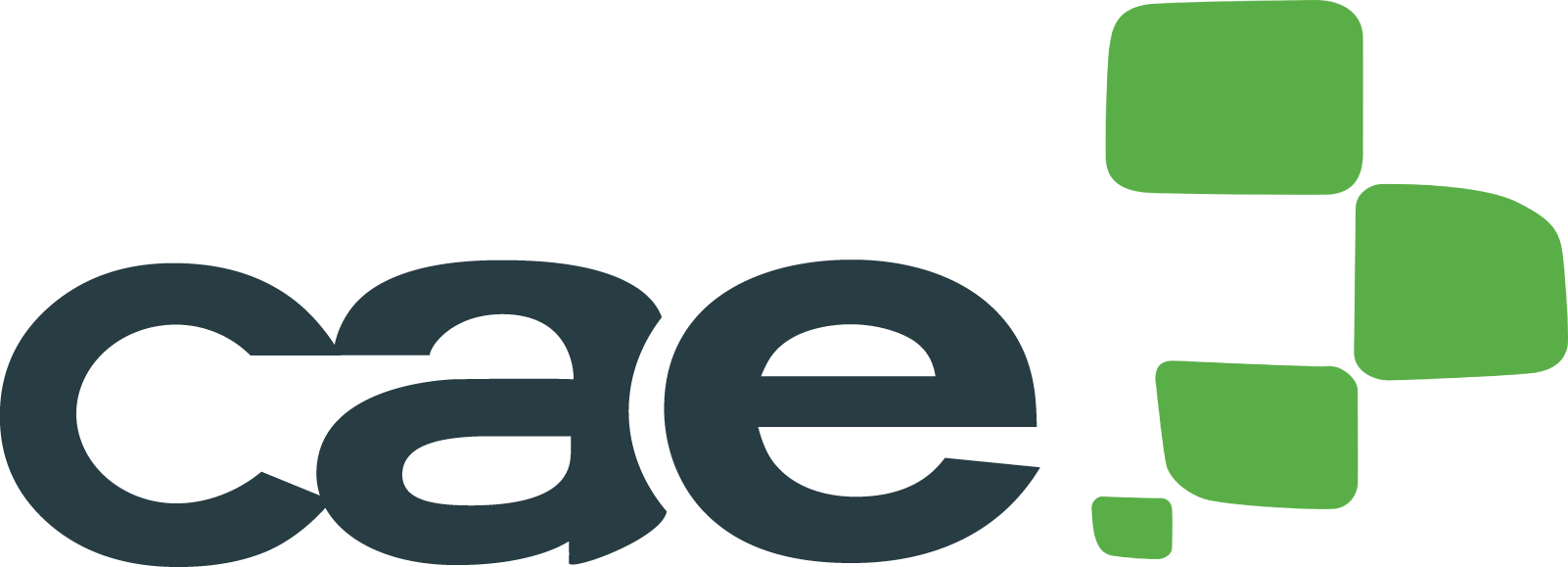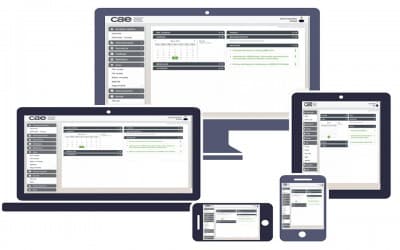Technology has profoundly transformed the educational landscape, changing not only teaching methods, but also the way students acquire and assimilate knowledge. Instead of relying exclusively on traditional teaching methods, such as memorization and repetition, students can now access digital resources that enrich their learning more effectively. Educational platforms can improve learning habits, and are one of the key pillars of this change, offering a range of interactive and personalized tools that facilitate understanding and retention of content.
Far from traditional methods, educational platforms allow for a more dynamic learning approach. Students do not just read texts or listen to passive lectures, but interact with the content through activities, exercises, quizzes and multimedia resources. This promotes active participation and facilitates a deeper understanding of the topics. In addition, these platforms can be adapted to the individual needs of each student, adjusting the pace of learning and level of difficulty according to their progress. In this way, each student can advance according to his or her abilities and strengths, which favors more effective learning.

How to encourage the creation of study habits?
Learning with digital platforms encourages the creation of more organized and productive study habits. Through tools such as digital agendas, reminders and notifications, students can better manage their time and establish an efficient study plan. In addition, access to educational content anytime, anywhere reduces geographical and time barriers, allowing for more flexible study that adapts to each student’s schedule. This change not only improves the quality of learning, but also facilitates the creation of a continuous study habit, beyond traditional classroom hours.
#1 Increased motivation for learning
Educational platforms foster a dynamic learning experience by incorporating interactive resources, gamification and multimedia. These elements allow teachers to design engaging content that keeps students motivated, reducing monotony and helping to create a constant study habit without being perceived as a burden. In this way, contexts and exercises are recreated, which allow the content defined by the tutor or teacher to be put into practice in a pleasant, and intuitive way. Ultimately, they enrich training and help to generate habits without the sensation of monotony.
#2 Collaborative learning and socialization
With tools such as forums, chats and virtual classrooms, educational platforms facilitate collaborative learning. Students can share ideas, work together on projects and actively participate in their training. This interaction fosters a sense of community and enhances participation, promoting a more social and dynamic learning environment. It does not only involve finding orientation and support at occasional times, but encouraging participation, completing training with other points of view, empathising and strengthening personal relationships through synergy, generating the sensation of belonging to a group – Socialising. Additionally the student increases their level of commitment, and finds suitable contexts for strengthening their skills and attitudes for learning.
#3 Development of technological skills
Technological development is a constant part of our daily lives, so mastering digital tools is essential. Educational platforms teach students to use ICTs (Information and Communication Technologies) to access, analyze and synthesize information efficiently. In addition, they develop skills such as critical thinking and problem solving, essential for students’ professional future.
#4 Improved time and information management
Educational platforms offer features that help students organize their time efficiently, such as digital agendas and personalized notifications. This allows them to prioritize tasks, avoid procrastination and improve their academic performance by establishing a structured and effective study habit.
#5 Autonomy and responsibility in learning
Self-assessment tools, such as interactive quizzes and personalized activities, allow students to measure their progress and detect areas for improvement. At the same time, teachers can adapt the content according to individual needs, promoting autonomy and responsibility in learning.
Educational platforms can improve learning habits, and are transforming the way students learn, providing a more flexible, interactive and personalized approach. In this context, CAE (Computer Aided E-learning), with more than 40 years of experience in e-learning training, continues to be a leader in educational innovation, offering advanced solutions that guarantee a quality learning experience.
If you would like to learn how our educational platform can improve academic performance at your institution, contact us for a demonstration!




